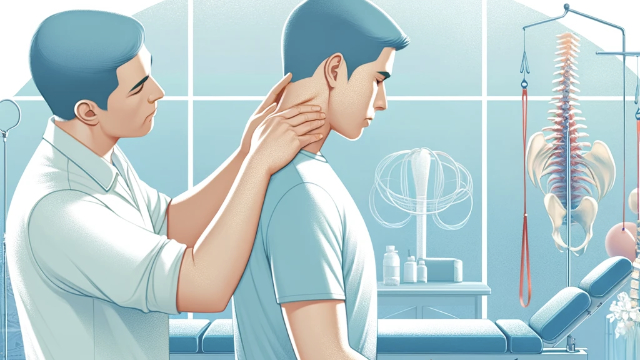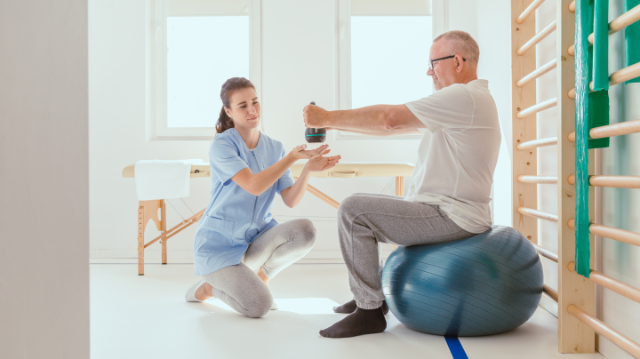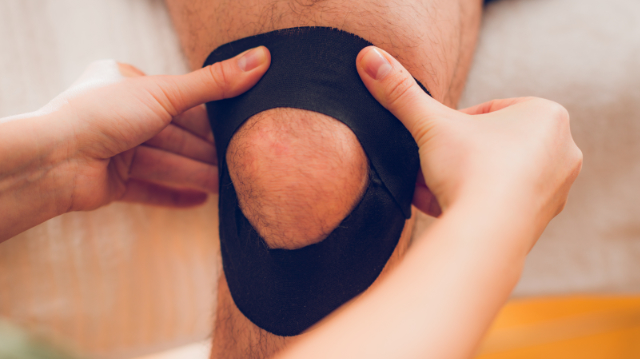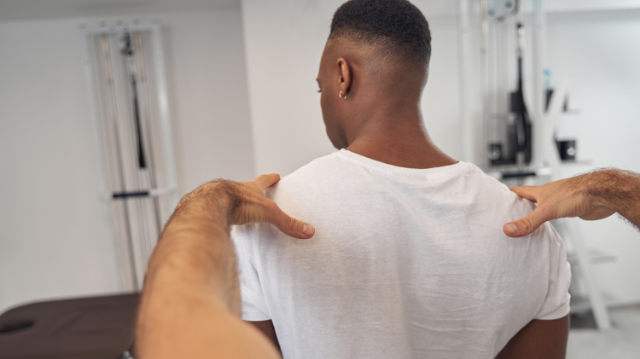
Introduction to Meditation and Pain Management
Pain, especially chronic pain, affects millions of people worldwide, significantly impacting their quality of life. Traditional medical treatments often focus on medication and physical interventions. However, an increasing body of research highlights the benefits of incorporating meditation into pain management strategies. This blog post explores the potential of meditation as a complementary approach for individuals suffering from lower back pain, neck pain, arthritis, and chronic musculoskeletal conditions.
Understanding Pain
Pain is not just a physical sensation but a complex experience influenced by emotional, psychological, and social factors. Chronic pain, in particular, can lead to significant mental health issues, including depression and anxiety, creating a vicious cycle that exacerbates the pain experience.
The Science of Meditation and Pain Relief
Meditation involves practices that focus on attention and awareness, leading to a state of mental calmness and physical relaxation. Studies have shown that regular meditation can alter the perception of pain. It does this by improving pain tolerance and decreasing anxiety, which are commonly associated with chronic pain conditions.
Mechanisms of Action
- Mindfulness and Awareness: Meditation increases mindfulness, helping individuals become more aware of their bodies and the present moment. This heightened awareness can change one's relationship with pain, often leading to a reduction in pain intensity.
- Stress Reduction: By promoting relaxation and reducing stress, meditation can decrease the body's production of stress hormones, which are known to exacerbate pain and inflammation.
- Neurological Benefits: Research suggests that meditation can lead to changes in brain regions associated with pain perception and regulation. This includes increased activity in areas involved in pain control and a decrease in activity in regions related to pain processing.
Incorporating Meditation into Pain Management
For those suffering from lower back pain, neck pain, arthritis, or chronic musculoskeletal pain, meditation can serve as a valuable complement to conservative care options like physical therapy. Here's how to get started:
- Begin with Guided Sessions: Start with guided meditation sessions, which are available through apps or online. These sessions can provide structure and support as you learn to meditate.
- Set a Regular Schedule: Consistency is key. Try to meditate at the same time each day to establish a routine.
- Combine with Physical Therapy: Discuss with your physical therapist about integrating meditation into your treatment plan. Meditation can enhance the benefits of physical therapy by improving pain tolerance and reducing stress.
It's Time To Make A Change–Physical Therapy & Mindful Meditation Can Help
Meditation offers a promising complementary approach to managing pain alongside traditional treatments. If you're struggling with chronic pain, consider incorporating meditation into your routine. Speak to your healthcare provider or a physical therapist about how to safely integrate meditation with your current treatment plan. Remember, while meditation is a powerful tool, it's most effective when used in conjunction with professional medical advice and therapies.
For a deeper understanding of the impact of meditation on pain, refer to the peer–reviewed article: “Meditation and Its Regulatory Role on Sleep and Inflammatory Processes” published in the Journal of Behavioral Medicine. This comprehensive review highlights the physiological and psychological mechanisms through which meditation can influence pain and overall well–being.
By embracing meditation, individuals dealing with pain have the opportunity to enhance their quality of life and find a more holistic path to pain management. Start your journey towards a more mindful and pain–free life today.
For more information, visit NIH Article on Mindfulness and Pain.









